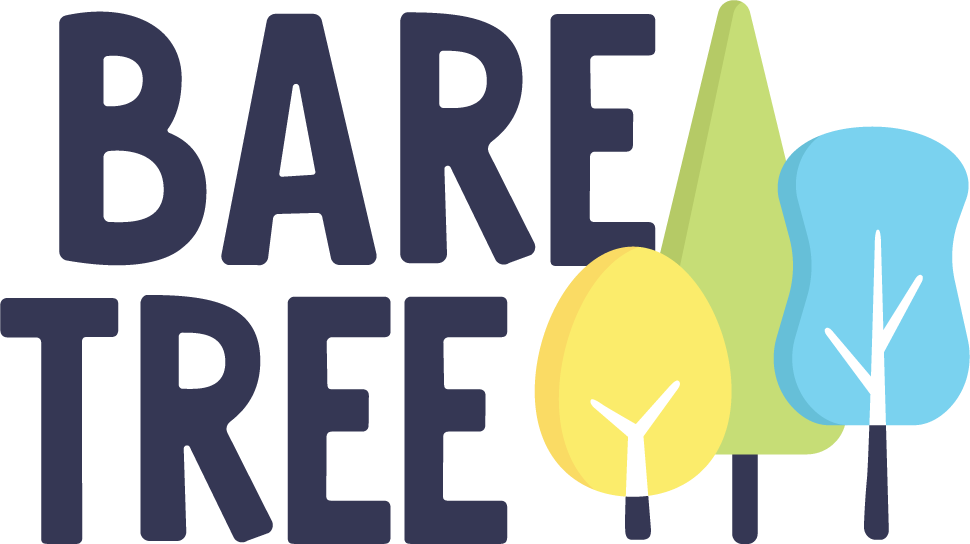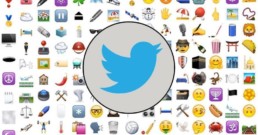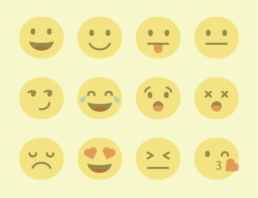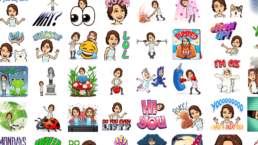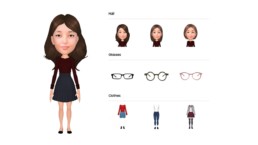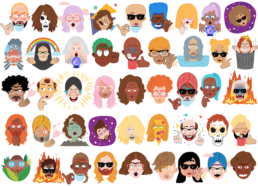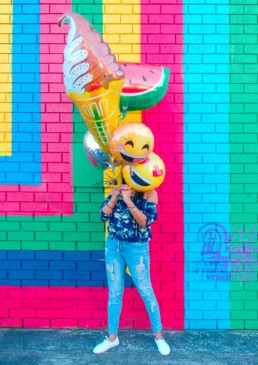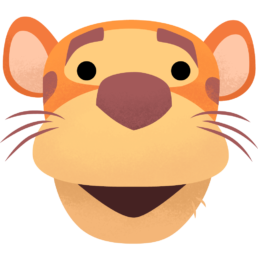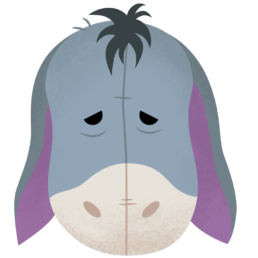Twitter Emoji Campaigns: A Primer
What is a Twitter Emoji Campaign?
Twitter emoji campaigns are a visually smart way to separate your hashtag from other hashtags. As the name may imply, they aren’t permanent additions to a brand’s main hashtag, but rather are centered around a specific campaign that the brand is putting out.
For a price tag of $1M, Twitter will—for 90 days—attach a picture that you provide to a hashtag of your choice (given it doesn’t infringe on anyone else’s IP, of course).
On-the-nose advertisers may remember the tremendously successful #shareacoke campaign, one of the earliest campaigns to combine an emoji with a hashtag. The campaign created waves that led to the immediate introduction of other emoji/hashtag combinations.
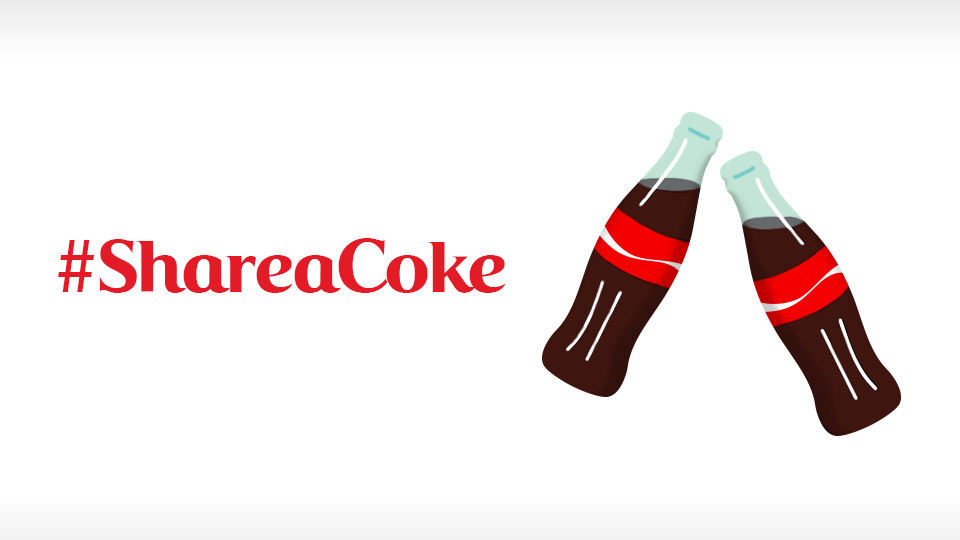
The hashtag that launched a thousand twitter emojis
But how worth it really is it invest in a Twitter emoji campaign? Since the #shareacoke campaign debuted in 2015, the number of hashtag/emoji campaigns has skyrocketed up; what value do these little emojis hold that are making them mass hits?
The benefits are threefold:
Create Campaign Hype
Having a visual next to your hashtag will instantly create an association in people’s mind, and creates hype around the campaign. It separates your hashtag from other hashtags that may be similar, and even after the campaign ends, people will be left with the imprint reminder of your campaign. Additionally, it allows the user to create an emotional bond to the campaign that a text-only hashtag simply would not be able to achieve. The reason emojis are so popular is that people connect to them emotionally. Is your campaign cool? Funky? Nostalgic? Whimsical? The Twitter emoji’s art style paired with your hashtag will help determine this and will shape how people perceive the campaign overall. Yea, it’s that important.
Promotes Interaction Around the Campaign
A hashtag creates a quick avenue for a community to be built around the hashtag, and in turn around your campaign. Once again, the visual element greatly helps people quickly recognize the hashtag, so they’ll be able to click on it and begin to interact with others who are also using that hashtag. This creates a feedback loop where those who are interacting with each other build on the conversation and continue to use the hashtag, keeping it active for others to see in their timelines and become interested in!
It Improves the ‘stopping power' of your Tweet
Twitter users cumulatively generate millions of tweets a day, so the average user is scrolling quickly down an array of hashtags. Internally, Twitter refers to tweets and hashtags that hold people’s attention and pause them in their action of scrolling ‘stopping power’—essentially, it’s a level of retention that determines how effective a campaign is going to be in a user’s mind.
Twitter found that the stopping power of tweets with emojis increased by 10%, and if those tweets were promoted, that figure jumped up to 6x their previous impressions.
Case Study: Christopher Robin
For the release of their new movie Christopher Robin, Disney asked BTM to help them with their Twitter campaign, and we were more than happy to oblige! Christopher Robin was a movie steeped in nostalgia, so we definitely wanted to play up that angle and create emojis that felt timeless and resonated emotionally with the user. They actually had five hashtags, one for each of the ‘major” characters in the movie as well as one for the movie title:

Lovingly rendered above are #Pooh, #ItsPiglet, #Eeyore, and #Tigger! All for Disney's #ChristopherRobin!
This was one of our first Twitter emoji campaigns, as well, so we were very excited and curious to see how it would fare. The thought was that users would have an emotional reaction to the characters’ faces and thus use the hashtags because of it.
Once the hashtags were live, we monitored the hashtags to see how they were doing. Sure enough, almost immediately we began seeing tweets that reflected nostalgia beyond what we even expected. Some users were tweeting specifically for seeing the hashtag characters!

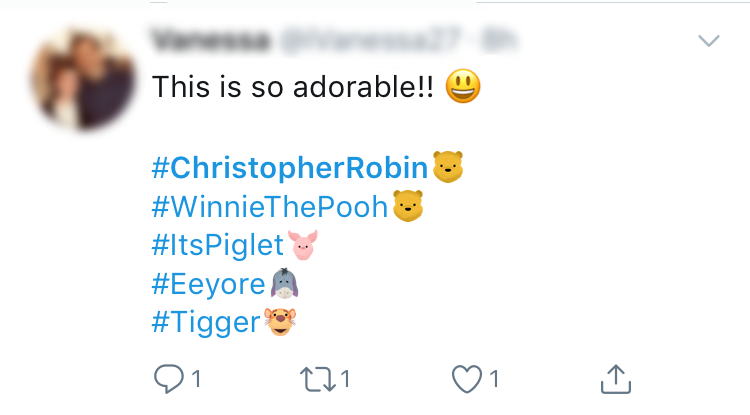
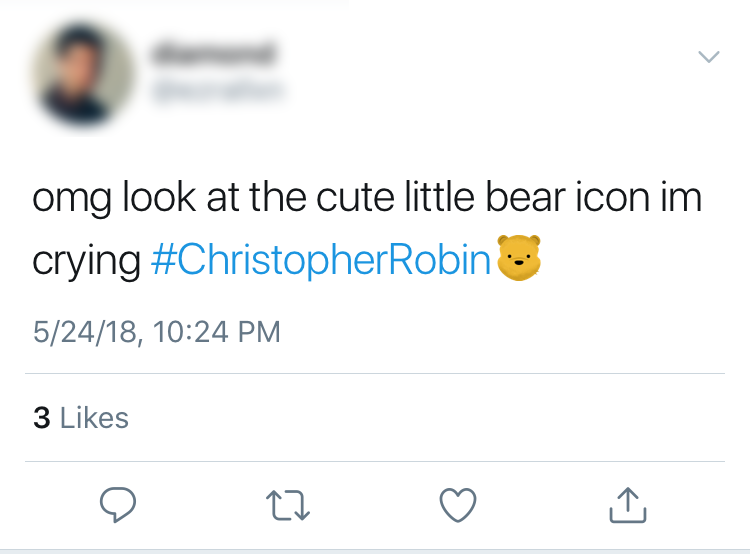
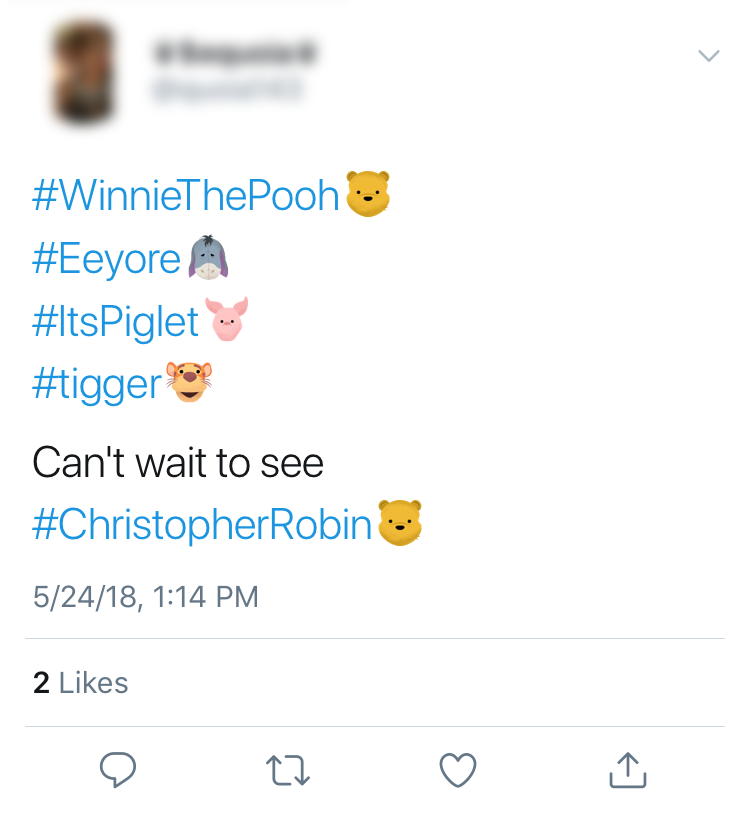
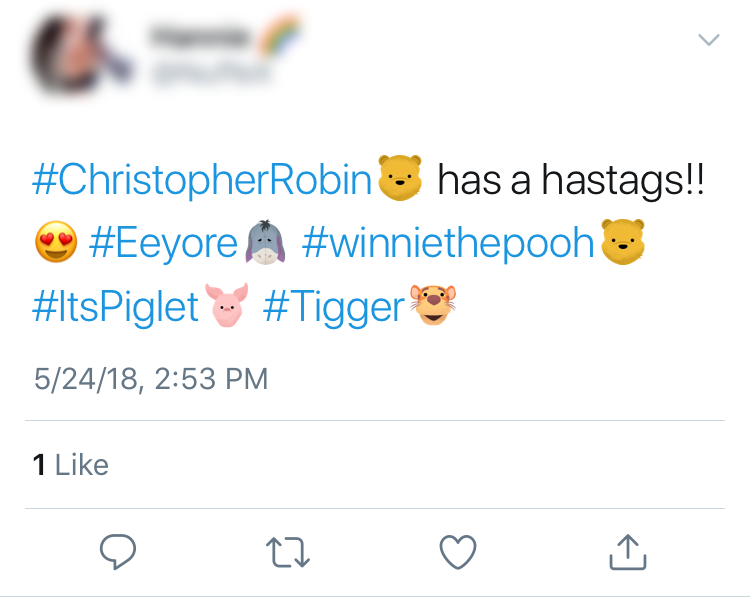
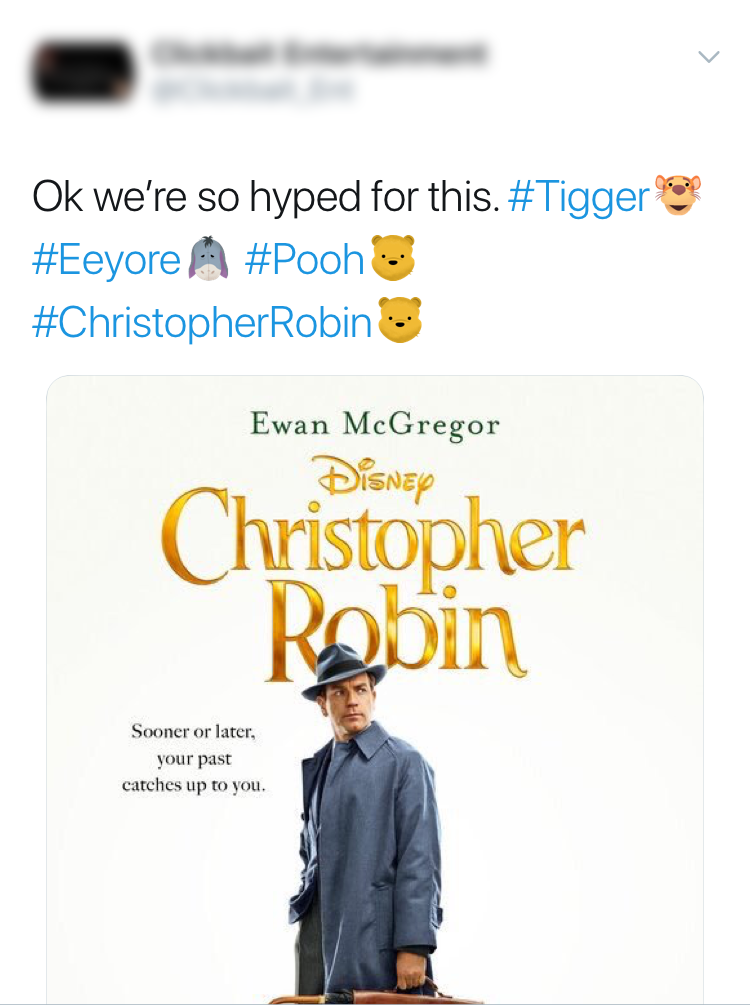 So for your brand’s next ad campaign, consider utilizing the power of Twitter emojis! And if you need someone to help you out, hit us up!
So for your brand’s next ad campaign, consider utilizing the power of Twitter emojis! And if you need someone to help you out, hit us up!
Decrypting the Emoji Code
In the modern mobile world, everyone knows what an emoji is. There’s a “standard set” of emojis we’re all familiar with that are available whether you’re using your iPhone, Android, or computer device, with new ones rolling in and even personalized-to-app emojis.
However, do you ever stop to think about how new emojis are added, or who even came up with the old canon? They’re just there; one day they weren’t, and the next day they were! Read onwards and have the mystery of the Emoji Code unraveled!
The Set Canon
Designer Shigetaka Kurita invented the emoji in 1999 to circumvent NTT DoCoMo’s message-character limit (at the time, 250, a la early Twitter). He drew inspiration from picture-based Chinese “Kanji” characters and, armed with a 12x12 grid, created the first set of emojis using common expressions and thoughts he felt were relatable and cute (and would save textual space!). This set was immediately introduced into most of Japan’s mobile products, but their competitors soon took artistic license and released emojis of their own; copying Kurita’s expressions but rendering them in a different style.
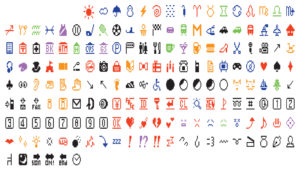
Shigetaka Kurita, NTT DOCOMO. Emoji (original set of 176). 1998–99. Software and digital image files.
Gift of NTT DOCOMO Inc., Japan
Initially, this caused quite a bit of chaos and miscommunication because a user of one company’s emoji could not see any other another company’s emoji. However, in 2005 carriers began to match incoming signals with their emoji sets and switch them over, and after Apple’s 2007 iPhone globalized them, the Unicode Standard was created so that your poop emoji will send to any device.
New Emojis
New emojis introduced into the existing canon are decided by the Unicode Consortium, which sounds like a bona-fide secret society right out of a sci-fi novel but is an actual, real-life organization whose goal it is to enable everyone to be able to use a computer and express themselves with pictures! However, the individual designs for the emojis are left at the discretion of the companies making them; the biggest players being Apple, Microsoft, Samsung, and Google. As a result of this, each of these big-name platforms (and other smaller-name ones) has their own emoji for the same expression.
The Gun Emoji
Take for example, the gun emoji, which was one of the most controversial emojis out there at the time of its creation and is still interesting today because of the fluctuating gun climate in the USA. Upon its inception, none of the platforms had the same one, and some even went as far as to use squirt guns instead of actual guns. There were also companies that started with real guns but changed them to squirt guns at a later date (and in Microsoft’s case, vice-versa). See the chart below:
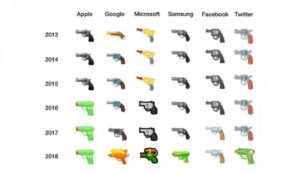
Source: Emojipedia / Emojipedia
Obviously, squirt gun to lethal gun emojis can totally change the tone of a message and actually cause confusion if two users were receiving different images.
It’s worth noting that Apple was the forerunner in changing their gun emoji to the squirt gun we see now. After Apple changed theirs, most companies followed suit partly due to personal value but also because they are trying to create an emoji culture where there is as little confusion as possible, a mission that as designers ourselves we can absolutely appreciate.
Facebook has also announced that they will be removing their gun emoji and replacing it with a squirt gun, although that change hasn’t happened yet. This means every major platform has changed from a real gun to a squirt gun.
Sources:
https://www.webdesignerdepot.com/2016/10/the-surprising-history-of-emojis/
Personalized Emojis are Taking Messaging by Storm
Recently, custom emojis have been sprouting up on all major messaging platforms like Apple, Google, Samsung, and Snapchat. These were started by Bitmoji, a company that allowed users to create their own personal emoji. Once Snapchat acquired Bitmoji, the race was on for all major messengers to create their own. These personal emojis are used by a wide range of age groups and are some of the most popular stickers.
Bitmoji
Bitmojis were the first personalized emojis to take messaging by storm. They were designed to fill the gap between selfies and text messages by sending a personal sticker that could express emotion. This idea took off and was acquired by Snapchat to become the avatars for all Snapchat users. Bitmojis were a massive success and are now on most major messengers as well as Snapchat. These custom stickers led to most major messengers adopting their own personalized emojis.

Apple Memojis
Apple is currently testing their new personalized emojis that are expected to be released with iOS12 called Memojis. Previously Apple launched Animojis, which were animated stickers of the user’s facial motions illustrated by various animals. Memojis, are an extension on these animated stickers, by allowing users to use their animated character. This movement is then translated to your Memoji on your screen, creating your own personal animated sticker. The Memoji’s are completely customizable to make your own unique animated messages.
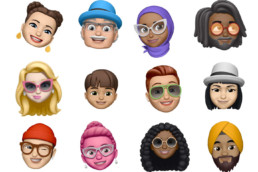
Samsung AR Emojis
Samsung Augmented Reality (AR) Emojis allow a user to create their own personalized emoji. These emojis are able to be customized with different effects that make the sticker look more cartoonish or more lifelike. Samsung also gives you the option to change the clothes of your custom sticker.
Recently, Samsung updated their AR Emojis with the addition of 18 more set stickers to add onto your emoji, making the total 36. Right after the release of these extra stickers, Samsung also announced they will be launching 18 more additional stickers soon. These personalized stickers are only available the Galaxy S9 and S9+.
However, creating custom stickers is not the only thing that AR Emoji allows a user to do. It also has a feature that brands can utilize, like Disney who released some of their classic characters like Mickey Mouse and Donald Duck onto the platform. Then Disney followed up with a release of the Incredibles characters to promote the newly released sequel to the film.
Google Minis
Google recently announced that they are launching a keyboard add-on called Minis that allows users to send customized stickers of themselves. The user will take a picture of themselves and a digital sticker of them will be created. Google is taking a unique approach to their customizable stickers. Unlike Snapchat and Samsung, Google Minis will have packs to purchase containing different gear and backgrounds for your personal sticker. Currently, these custom stickers are only available in the Beta keyboard, however, we should expect to see them soon.
Happy World Emoji Day 2018
It is 2018, and Emojis have taken over. The once perceived “silly, childish” messaging stickers have become completely integrated into our daily conversations. Snapchat filters even let us turn ourselves into our very own Bitmoji. Emojis allow us to demonstrate feelings and emotions to a greater specificity than our words. Here at Bare Tree Media, we pride ourselves on being the original and the longest-standing emoji designer. Day in and day out, we work to give everyone the ability to say just what they want (with OR without words 😉). It seems with each new day more emojis are created by designers across the globe providing each of us with unique ways to express ourselves or just have fun!
Apple’s Custom Emojis: Memoji
World Emoji Day calls for big news, and companies have delivered. Apple Inc. announced they will be releasing Emoji 11.0 for iOS and MacOS, an emoji pack including 66 new emojis for Apple fans to enjoy in late 2018. Along with these new emojis Apple is also releasing their Bitmoji counter, Memoji. The 3D emoji will be available with iOS 12 this fall. Memoji’s are to follow-up Apple’s animated stickers that use facial recognition to overlay animal filters, Animojis. Memoji’s take the next step and allow users to create and use their custom Emoji stickers to express themselves in a unique audio-visual hybrid. With innovations like these, developers are reimagining where and how emojis can exist, proving the only way is up.
Facebook's Emoji Keyboard Stays Strong
Facebook and their messenger are one of the leaders in the emoji space, having adopted all 2,800 Unicode Emojis. Unicode is a consortium of the biggest tech companies and a few countries, who decide on what should or should not be an emoji. Facebook once again proudly released their annual Emoji statistics, demonstrating significant increases in emoji use and engagement. Here are just some of the numbers:
- Over 5 billion emojis are sent everyday in Messenger
- 900 million emojis are sent on Messenger that don’t even have text
- 700 million emojis are used in Facebook posts everyday
- The 😂emoji is the most popular around the world
- The ❤️emoji has doubled in usage in the past year
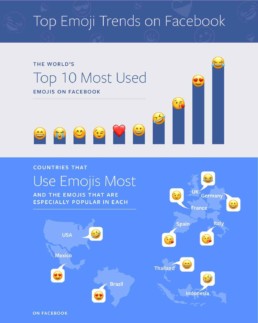
Twitter Branded Emojis
Emojis have made their mark on our society, and now large companies are working towards making their own mark through branded emoji stickers.
Recently, Twitter teamed up with Disney to release custom emojis of the upcoming movie Christopher Robin and chose us to create them! Each of core 100 Acre Woods characters got their own little emoji to accompany their hashtag. Tweets including #ChristopherRobin, #Pooh, #Tigger, #Eeyore and #ItsPiglet grew in number. Twitter users that might not have engaged with tweets involving the Christopher Robin movie in a normal situation began tweeting about the movie. Some solely so that they could have the emojis on their feed!
Emoji Merchandise
There are now emoji clothing, pillows, an Emoji Movie, and now premiering tonight in New York City, “EmojiLand: The Musical” on Broadway just a couple theaters down from The Lion King. Many companies have realized the power of emojis, and how developing new emojis allows for each company to integrate themselves in a language rapidly growing in popularity. No one truly knows the future of emojis, but we do know it’s bright. 🌟
Join Us and Share Your Favorite Emoji with Bare Tree Media on Facebook, Twitter and Instagram!
